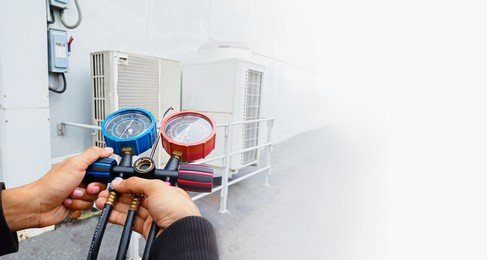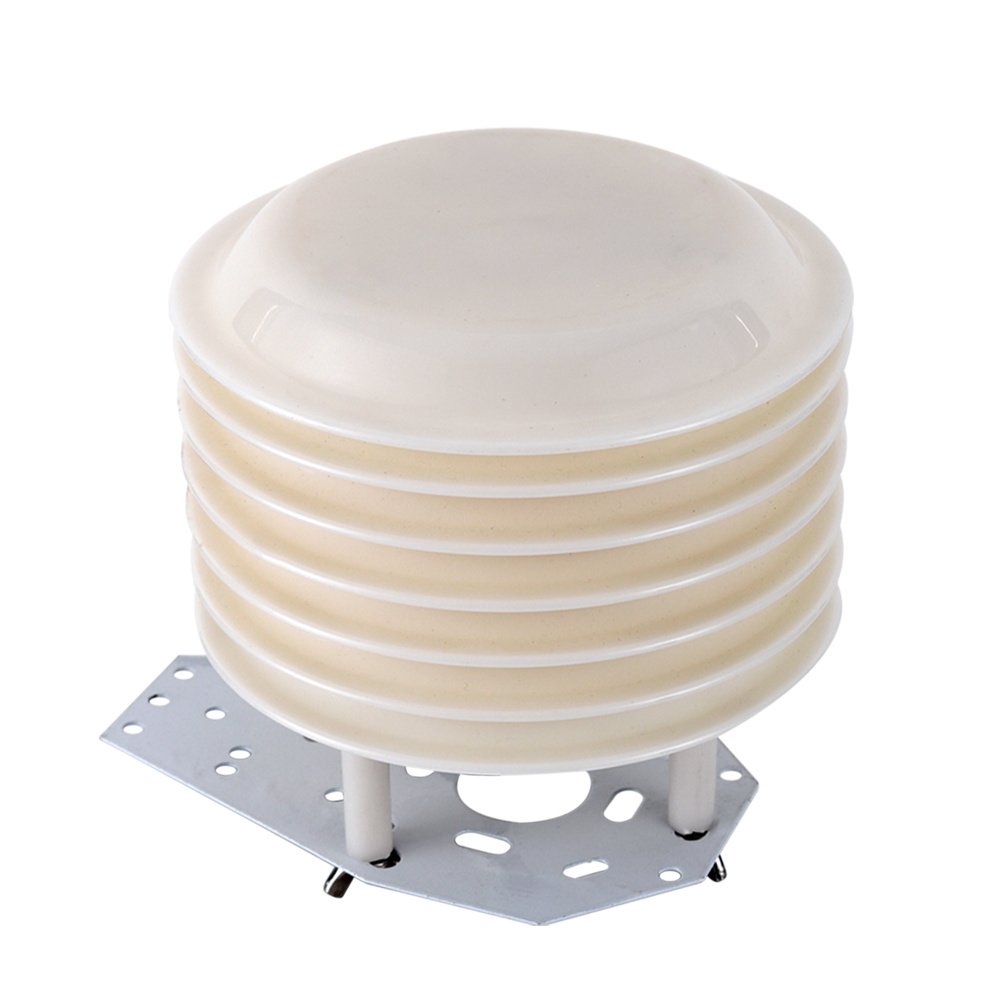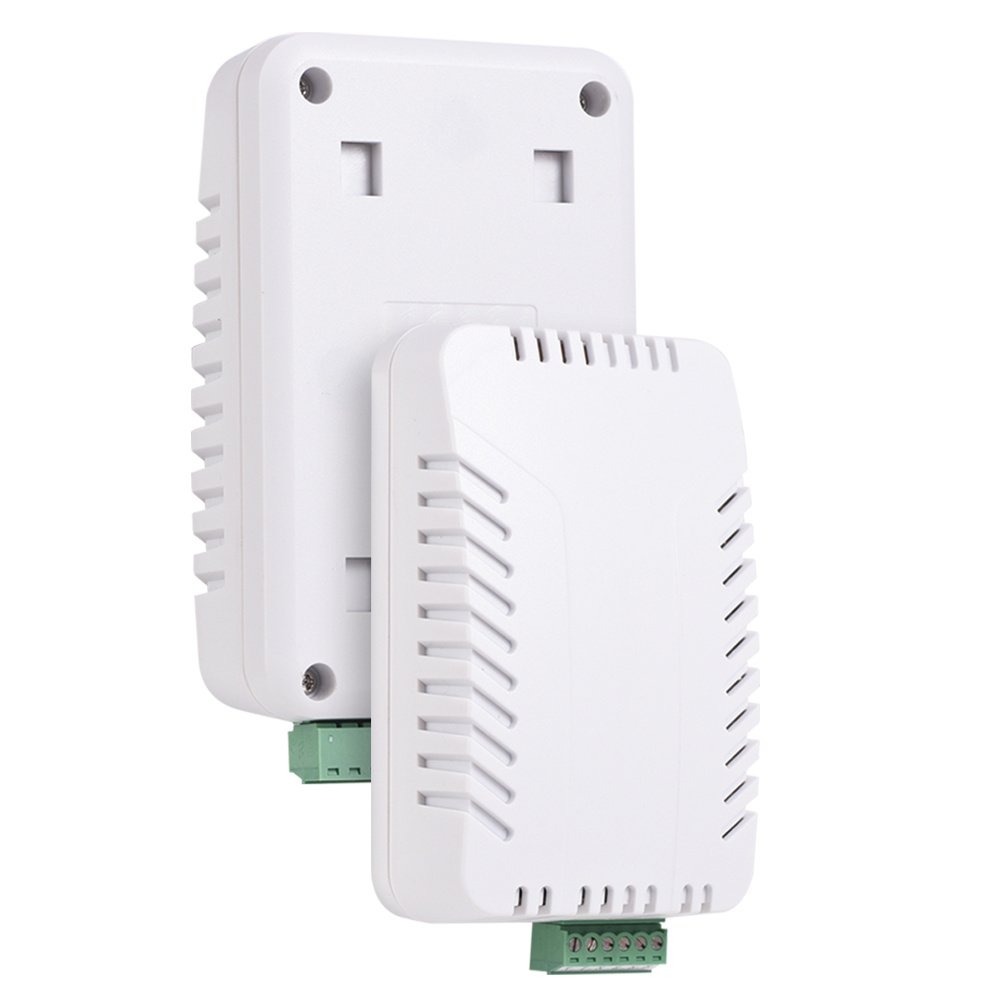As someone deeply involved in the world of HVAC (Heating, Ventilation, and Air Conditioning), I've witnessed firsthand how technological advancements have transformed the industry. One such innovation that has become indispensable is the t rh(temperature and humidity) sensor. These unassuming devices play a pivotal role in ensuring the efficiency, comfort, and functionality of HVAC systems.
But what exactly is a temperature and rh sensor, and how does it impact the HVAC landscape? Let's delve into the significance and applications of these remarkable instruments.

The Unsung Heroes: Temperature and Humidity Sensors
Before we dive into the applications, let's establish a basic understanding of temperature and humidity meters. In essence, they are sophisticated sensors designed to measure two vital parameters—temperature and humidity—in an environment. These measurements are crucial for maintaining optimal indoor conditions, and here's why.
The Importance of Temperature and Humidity Transmitters in HVAC
Comfort is Key: HVAC systems exist primarily to provide comfortable indoor environments. Whether it's a scorching summer day or a chilly winter night, people expect their indoor spaces to offer respite. Temperature humidity meters are pivotal in maintaining the right balance of warmth and humidity, ensuring occupants are content.
Energy Efficiency: The efficient use of energy is a top priority in today's world. Relative humidity transmitters help HVAC systems operate at their most efficient levels. They provide real-time data that enables HVAC systems to respond to changing conditions, thus reducing energy consumption and operating costs.
Health and Well-being: In an era where health is paramount, maintaining indoor air quality is crucial. Transmitters help prevent excessively dry or humid conditions, which can have a significant impact on respiratory health. They contribute to healthier living and working environments.
Data-Driven Decisions: The data collected by these transmitters is invaluable for making informed decisions. Facility managers, building owners, and HVAC professionals rely on this data to optimize system performance, diagnose issues, and ensure peak operation.
Preventing Moisture Issues: Excessive humidity can lead to moisture problems such as mold growth, which can be hazardous to health and damaging to structures. Temperature rh sensors can detect high humidity levels and prompt the HVAC system to dehumidify the air, thus preventing these issues.

How is Temperature and Humidity Transmitter Used in HVAC?
Now that we've established their importance, let's explore how these remarkable devices are employed within the realm of HVAC.
1. Climate Control
Temperature and Humidity Transmitters continuously monitor the indoor climate, collecting data on temperature and humidity levels. This data forms the basis for climate control within buildings. HVAC systems use this data to adjust heating, cooling, and ventilation to maintain comfortable indoor conditions.
2. Energy Efficiency
As previously mentioned, energy efficiency is a primary concern in the modern world. Temperature and Humidity Transmitters play a significant role in optimizing energy consumption. They provide accurate measurements, allowing HVAC systems to fine-tune their performance and reduce energy usage.
3. Moisture Management
In regions where humidity levels can be extreme, controlling moisture is essential. Temperature and Humidity Transmitters detect high humidity levels and trigger the HVAC system to dehumidify the air. This not only enhances comfort but also prevents moisture-related issues.
4. Enhanced Comfort
In environments like homes, office buildings, and commercial spaces, maintaining the ideal temperature and humidity levels is crucial for occupant comfort and productivity. Temperature and Humidity Transmitters ensure that the HVAC system delivers precisely what's needed.

5. Real-time Monitoring
The real-time data provided by these transmitters allows HVAC professionals to promptly diagnose and resolve issues. Sudden deviations from the desired climate conditions trigger alarms, enabling quick response and resolution.
6. Building Automation
In modern building automation systems, Temperature and Humidity Transmitters are integrated with other sensors and control systems. This integration allows for centralized monitoring and control of HVAC systems in large commercial and industrial buildings, making it possible to manage climate conditions with precision.
7. Predictive Maintenance
By continuously monitoring temperature and humidity, these transmitters assist in predictive maintenance. If there are deviations from the desired parameters, it can be an early sign of HVAC system issues that require attention. Timely maintenance helps prevent costly breakdowns and downtime.
8. Energy Management
In large commercial buildings, energy management is a top concern. Facility managers use data from Temperature and Humidity Transmitters to make informed decisions that reduce energy consumption, lower utility costs, and decrease the carbon footprint.

In Conclusion
Temperature and Humidity Transmitters may not be in the spotlight, but they are the unsung heroes of HVAC systems. They contribute to comfort, energy efficiency, indoor air quality, and overall well-being. As someone deeply immersed in the world of HVAC, I've seen firsthand the transformation these devices bring to the industry. They are the backbone of modern HVAC systems, ensuring that we experience the ultimate comfort and efficiency in our indoor spaces. For more information about our temperature and humidity transmitters, you can fill out the form at your right and contact us!

